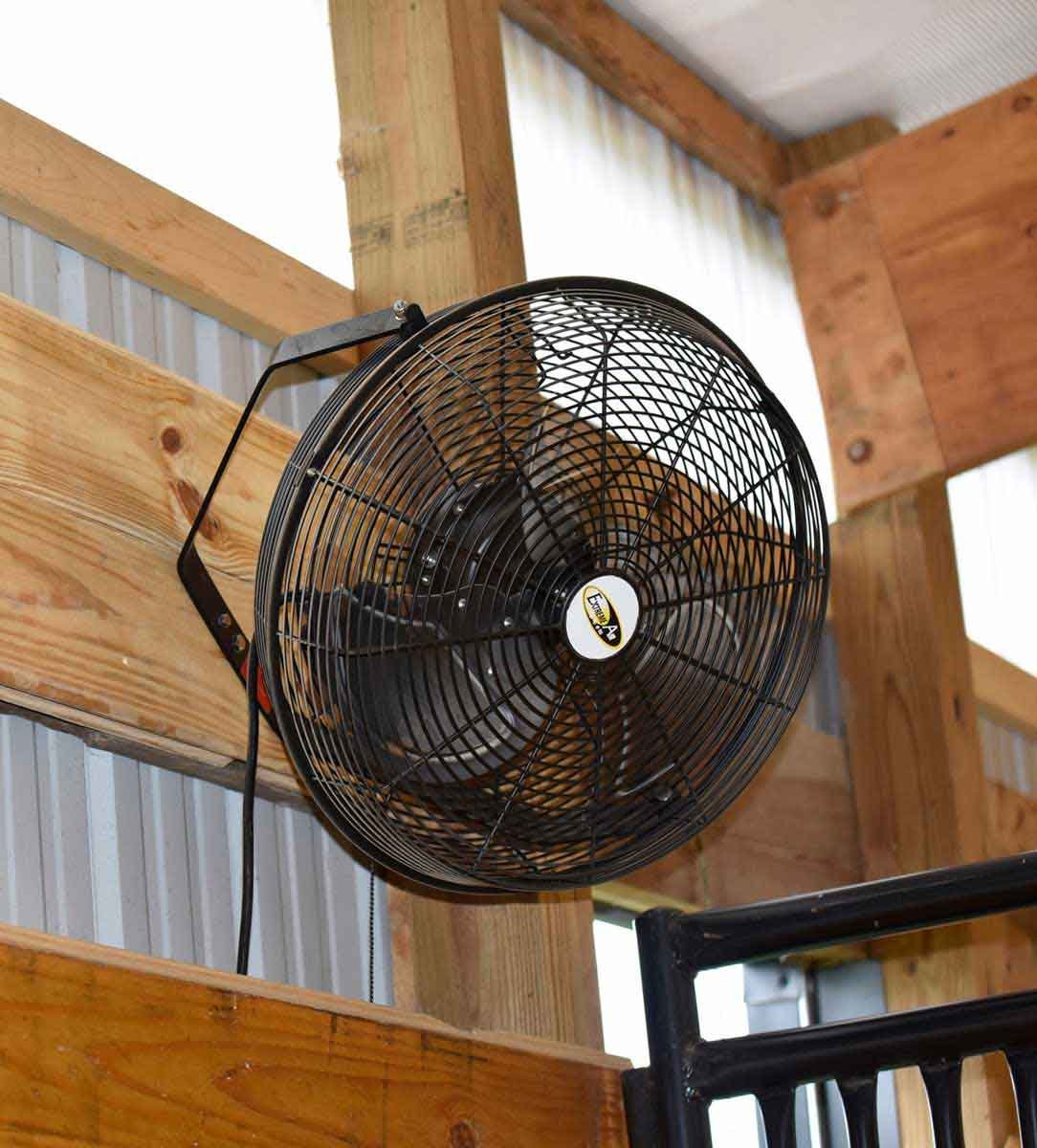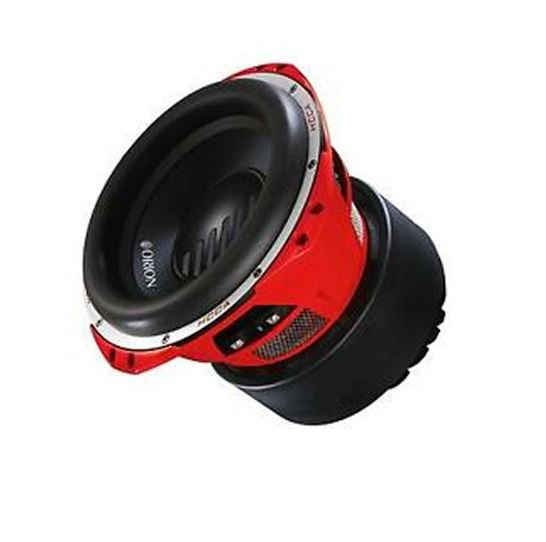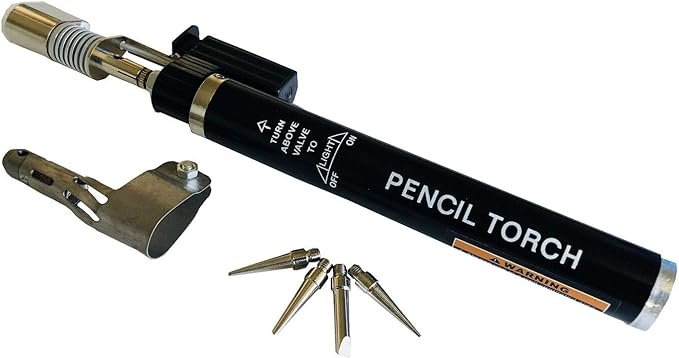Barn Fans: Seasonal Maintenance, DIY Installation, and Maximizing Efficiency
When it comes to maintaining a healthy and productive farm, selecting the right barn fans is a decision that shouldn’t be taken lightly. The key is to find a balance between power, efficiency, and durability. Begin by assessing the size of your barn and the typical airflow needs. High-velocity fans are great for large spaces, while smaller, more energy-efficient models may suit compact areas. Remember, the goal is not just to move air, but to improve the overall environment for your livestock and workers.
Top 10 Barn Fans to Keep Your Livestock Cool and Comfortable
- The AeroCool Pro: With its robust build and powerful airflow, it tops our list for large-scale operations.
- The BreezeMaster 3000: Perfect for mid-sized barns, offering a quiet yet effective cooling experience.
- The FarmAir Circulator: Boasts an energy-saving design without compromising on performance.
- The EcoVent Fan: Designed for eco-conscious farmers, it provides excellent circulation with minimal energy consumption.
- The StableFlow 250: An ideal choice for smaller spaces, ensuring a gentle and constant air movement.
- The AgriAir Wall-Mount: Saves floor space and can be directed exactly where needed.
- The Livestock Cooler X: Specifically designed to withstand the harsh conditions of livestock barns.
- The VentPro Industrial: Offers a rugged design with the ability to move large volumes of air efficiently.
- The Gentle Breeze System: Utilizes advanced technology to evenly distribute air without creating drafts.
- The CoolBarn Whisper Series: Operates almost silently, perfect for barns housing sensitive animals.
How to Install and Maintain Barn Fans for Optimal Performance
Installation is a critical step. Always follow the manufacturer’s guidelines to ensure safety and functionality. Mount your fans securely and at an angle that maximizes air distribution. Once installed, regular maintenance is crucial. Clean the blades and check the motors to avoid any potential failures. A well-maintained fan not only lasts longer but also runs more efficiently, saving you from unexpected breakdowns and costs.
The Benefits of Barn Fans: A Farmer’s Perspective
Barn fans play a pivotal role in creating a conducive environment for livestock. They prevent heat stress, ensure a constant flow of fresh air, and can even help in keeping pests at bay. From a farmer’s point of view, these benefits translate to healthier animals, increased productivity, and, ultimately, a more successful farm operation.
Energy-Efficient Barn Fans: Cutting Costs and Keeping Cool
With the rise in energy costs, choosing energy-efficient barn fans is becoming a smart strategy for farmers. Look for models with energy-saving settings or those that can work in tandem with natural ventilation. Such options help maintain a cool atmosphere within the barn while keeping electricity bills to a minimum.
The Role of Barn Fans in Animal Health and Productivity
Finally, it’s important to understand how barn fans impact animal health and farm productivity. Proper ventilation significantly reduces respiratory issues and heat stress-related problems in animals. When your livestock thrives in a comfortable environment, their productivity increases, which in turn boosts the farm’s output and profitability.
Barn Ventilation: How Fans Can Improve Air Quality and Circulation
Creating a conducive environment within a barn is essential for both the health of livestock and the efficiency of farm operations. Good air quality and circulation play a pivotal role in achieving this, and that’s where barn fans come into play. By strategically placing these fans, farmers can significantly improve ventilation, ensuring a steady exchange of air. This process is critical in removing contaminants like ammonia and minimizing humidity levels. Moreover, the constant movement of air helps to keep the barn fresh and prevents the stagnation that can lead to respiratory issues in animals.
Selecting the Right Size and Type of Barn Fan for Your Needs
The effectiveness of a barn fan hinges on choosing the appropriate size and type for your specific needs. To determine the correct size, you need to consider the volume of the barn, the type of livestock you house, and your geographic location. Factors such as local climate conditions and the building’s design also influence the choice. There are various types of barn fans available, including exhaust fans, circulating fans, and portable fans, each designed for different scenarios and needs. Assessing the unique aspects of your barn will ensure that the fans work efficiently to maintain optimal conditions.
Innovative Features in Modern Barn Fans: What to Look Out For
Modern barn fans are not just simple air movers; they come equipped with a variety of innovative features. Energy efficiency is at the forefront, with many models boasting variable speed controls and automatic shut-off systems. Additionally, look for fans with dust and moisture-resistant motors, as these will endure the barn environment’s rigors much better. Some fans also offer remote control operation and programmable settings, which can simplify the management of barn conditions.
Combatting Heat Stress in Livestock with High-Quality Barn Fans
Heat stress can significantly impact livestock productivity and health, leading to a reduction in feed intake, weight gain, and fertility rates. High-quality barn fans are crucial in mitigating these effects. They help maintain a cooler environment and ensure that animals are comfortable even during the hottest days. Proper air circulation also contributes to reducing the presence of insects, which are less active in cooler and breezier conditions, thereby lowering the risk of disease spread among the herd.
Barn Fans Vs. Traditional Cooling Methods: A Comparative Analysis
While traditional cooling methods like shade and natural ventilation have their merits, barn fans often provide a more consistent and controllable cooling solution. They can work continuously to maintain airflow, unlike natural methods that are dependent on weather conditions. Moreover, when compared to other mechanical cooling systems, such as air conditioning, barn fans are much more energy-efficient and cost-effective, making them an excellent choice for large spaces like barns.
Smart Barn Fans: Integrating Technology for Enhanced Climate Control
The advent of smart technology in agriculture has seen the rise of smart barn fans, which offer enhanced climate control capabilities. These fans can be integrated into larger farm management systems and be controlled via smartphone or computer, allowing for real-time adjustments to the barn environment. Sensors can monitor temperature, humidity, and air quality, and adjust the fan settings automatically to maintain the desired conditions. This level of control and automation not only improves the barn environment but also can lead to significant savings in energy costs.
Seasonal Tips for Barn Fan Maintenance and Efficiency
As seasons change, so do the maintenance needs of your barn fans. To ensure efficiency, it’s vital to conduct regular check-ups. Before summer hits, clean the blades and guards of your barn fans to ensure they’re free of dust and debris, which can impede airflow and decrease efficiency. Additionally, verify that the fan’s belts are tight and in good condition to prevent slippage and energy waste.
In the fall, prepare your fans for the colder months. Inspecting the thermostat and sensors will help maintain an optimal environment for your livestock. It’s also the perfect time to lubricate moving parts to prevent them from seizing when they’re needed most.
Do-It-Yourself: Installing Your Own Barn Fans Safely and Effectively
Installing barn fans can be a rewarding DIY project. Start by selecting the ideal locations for your fans. High placement typically ensures a wide distribution of air. Always secure the fan’s bracket to a sturdy part of the structure and make sure all electrical connections comply with local codes and are grounded properly. Remember, safety first: turn off power at the source before you begin installation.
For the best results, consult the manufacturer’s manual for specifics on your model. This can guide you through the steps and alert you to any special considerations.
Case Studies: The Impact of Barn Fans on Farm Operations
Barn fans have a profound impact on farm operations. In a recent case study, a dairy farm installed high-velocity barn fans and saw a 20% reduction in heat stress-related illnesses in their herd. Another study highlighted a poultry farm where the right ventilation system increased egg production by creating an ideal climate for the laying hens.
These examples underscore how crucial proper ventilation is for animal health and, consequently, for the productivity and profitability of farm operations.
Troubleshooting Common Issues with Barn Fans
When issues arise with barn fans, swift action can prevent downtime. If a fan stops working, first check the power supply and circuit breaker. If the fan is operational but not moving air effectively, inspect the blades for build-up that could be causing drag. A fan making unusual noise may have loose components, so tighten any visible screws and bolts.
Regular troubleshooting can nip most problems in the bud, ensuring your barn fans work seamlessly when you need them most.
Maximizing Airflow: Strategic Placement of Barn Fans
Strategic placement is key to maximizing the effectiveness of barn fans. Fans should be placed high enough to circulate air above your livestock, ideally at a downward angle to push stale air out and draw fresh air in. Positioning fans opposite ventilation inlets allows for cross-ventilation, which is highly effective for temperature control.
Always consider the specific needs of your barn’s design and the behavior patterns of your animals when placing fans. This thoughtful approach can significantly enhance the comfort of your livestock and the overall efficiency of your operation.






